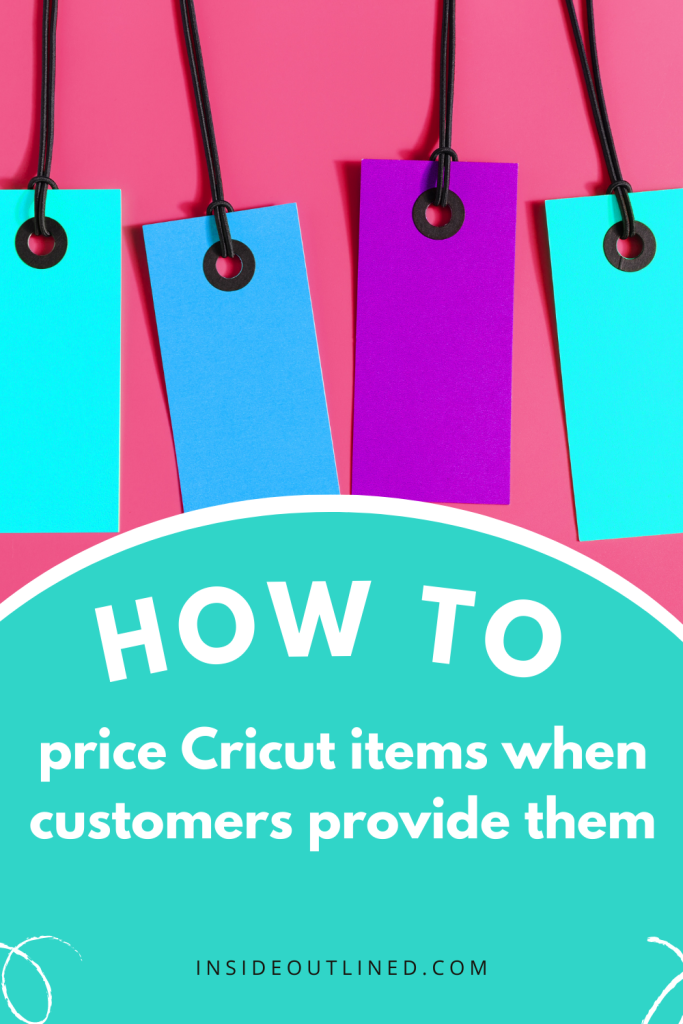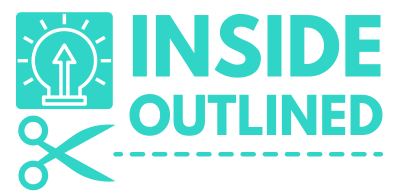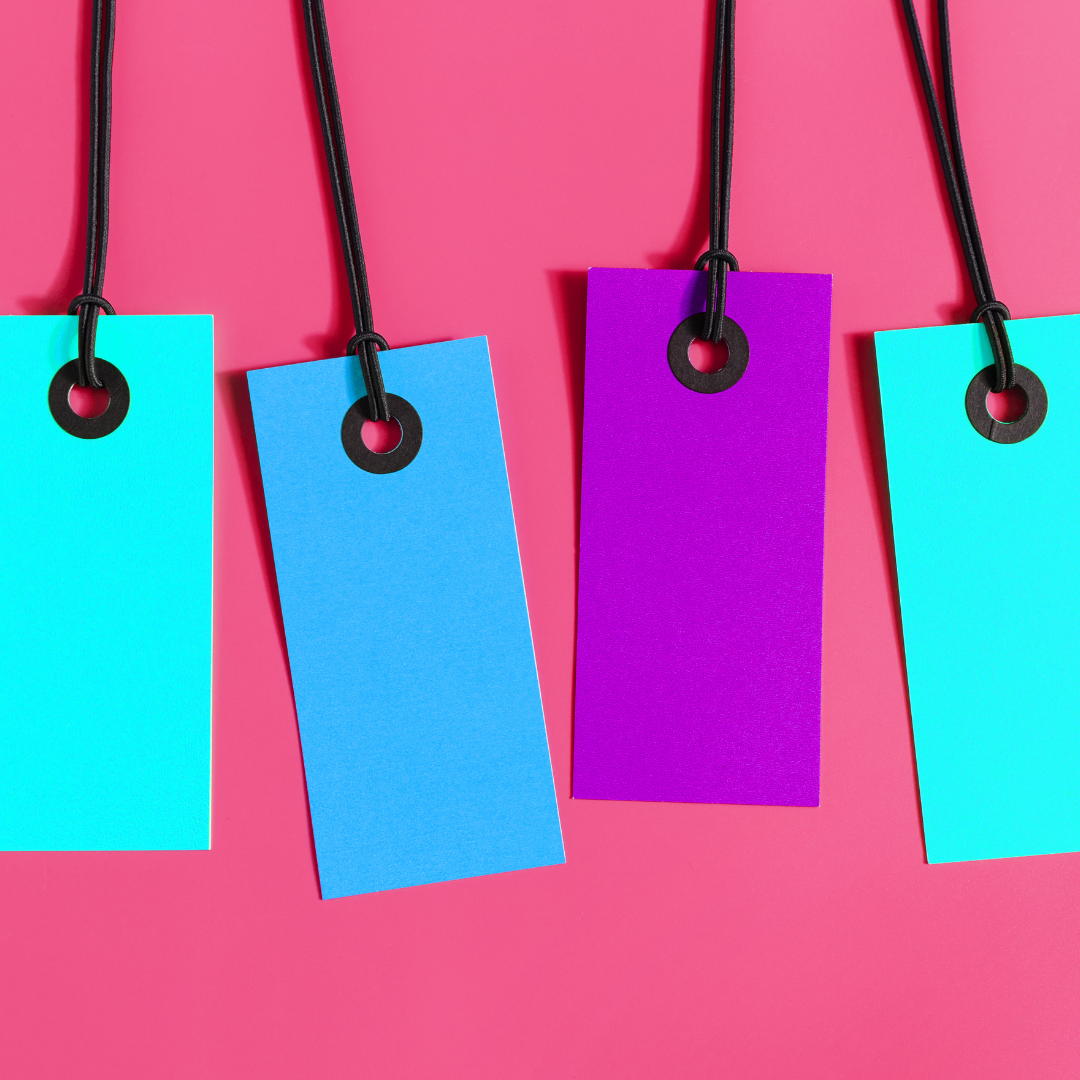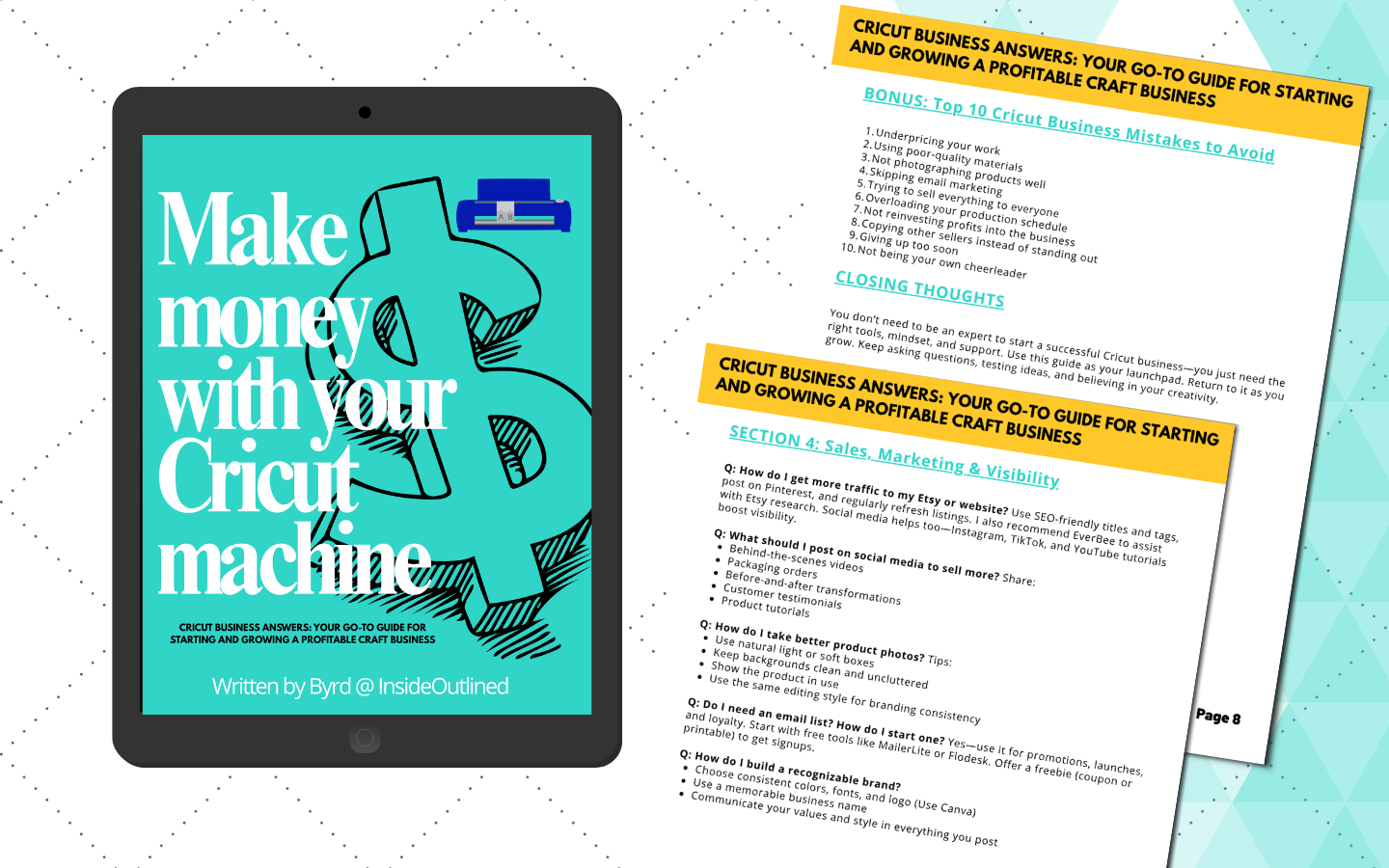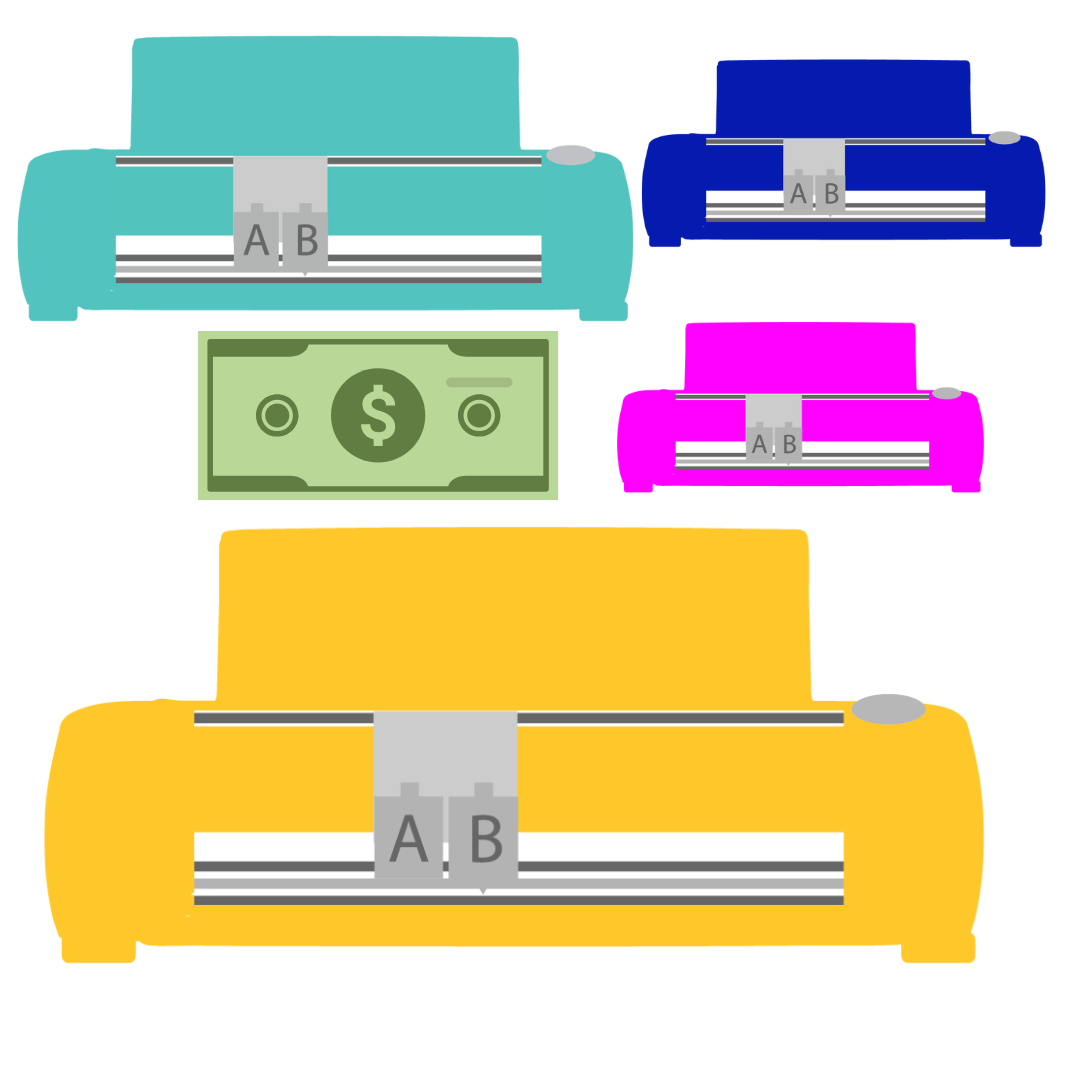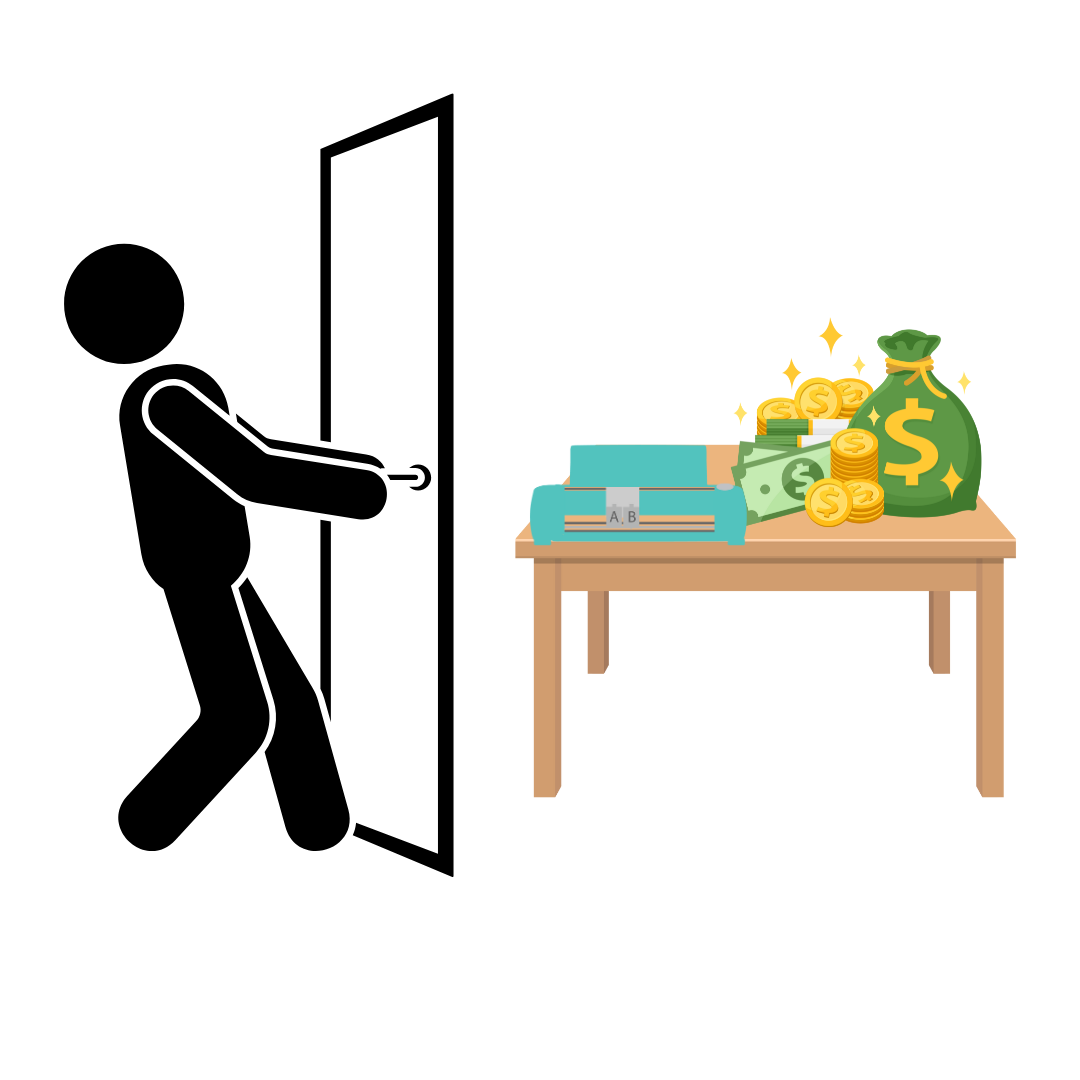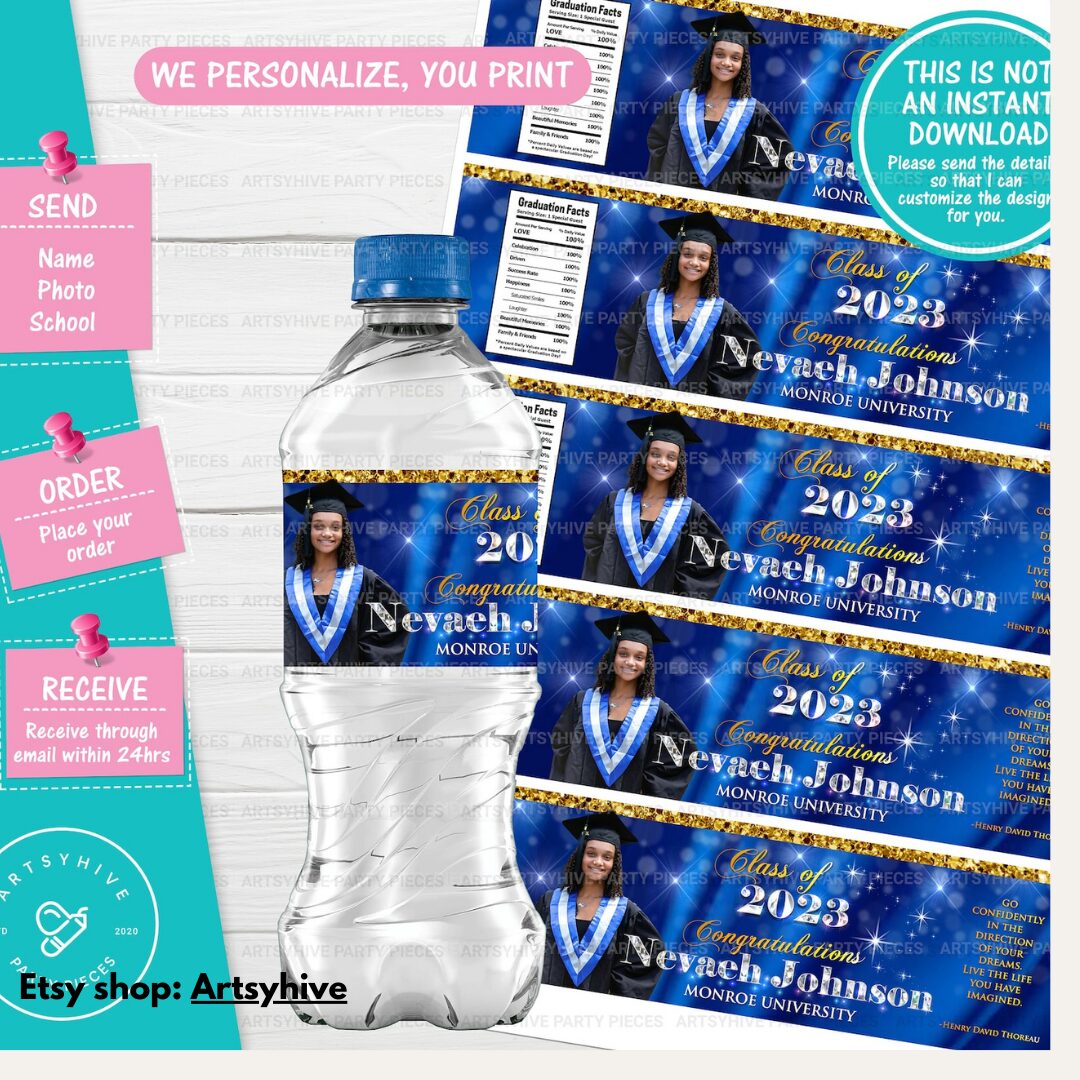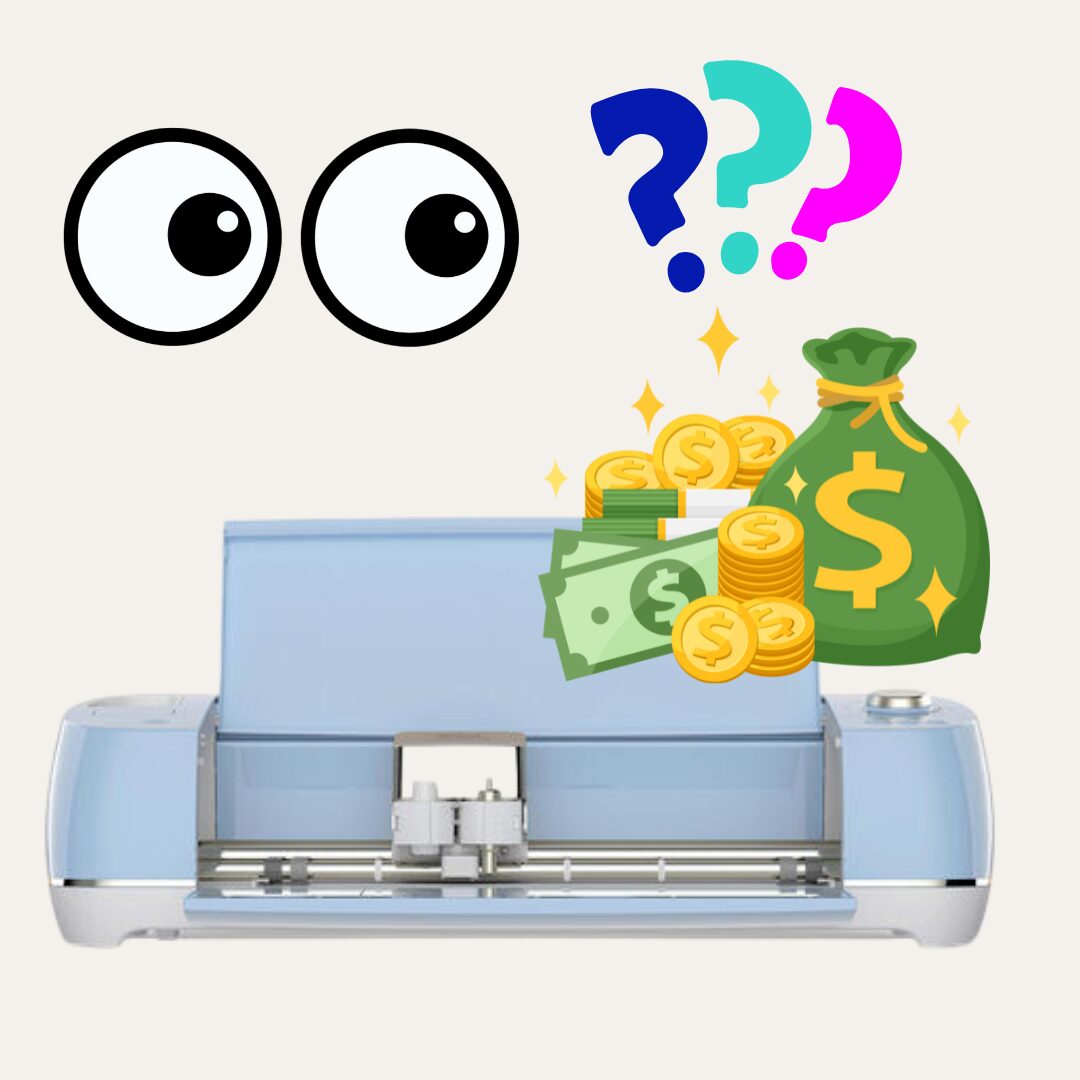This post may contain affiliate links. This means if you click a link and purchase an item that I recommend, I will receive an affiliate commission at no extra cost to you. All opinions are my own.
As a Cricut business owner that provides customization or personalization, you will have people reach out to you wondering if you can personalize items that they have on hand or that they intend to buy.
This can be exciting yet frustrating and overwhelming if you don’t have processes and procedures in place, but in this article, I walk you through everything you need to know.
Jump to Sections in this Post
Map out the items that customers are likely to provide
Before you ever receive an order of this nature, you need to anticipate it happening. While it may not happen often, it’s best to be ready when it does happen and not be a deer in headlights, running to Facebook groups for advice.
Take a spreadsheet and list out things people want personalized which include shirts, tumblers, aprons, tote bags, etc. You don’t have to go too deep into this.
Next do some research to get 3 quotes for the things that you listed. The purpose of this step is to determine how much you would sell the entire item for if someone placed an order on your website instead of providing you with the item.
Calculate your total cost of the item. (All expenses + profit)
Determine how much you would charge someone for items they provide to you. Let’s say for adult large shirts, you charge $18 (you bought the shirt and pressed a design on it). An example of a price you could charge a customer that provides you with a shirt is $10.
So now when someone asks you to put a design on a shirt that they provide to you, you can easily tell them what you charge and they can take it or leave it. You’ll feel more comfortable because you have a method for how you price items.
This spreadsheet would be for your internal purposes, but if you often get asked this question a lot, you can put your prices online and on social media.
Calculate pickup/drop off costs in the total cost for the order
Because most orders of this nature are local, you should calculate a price for pickup and drop off into the total cost of the order. You may think this is weird or strange, but for all orders that you buy online, you pay for shipping especially if your order isn’t over a certain dollar amount.
So you should charge for dropping off local orders. I suggest charging the price of a gallon of gas in your community, considering it doesn’t take more than a gallon of gas to get to the pickup/drop-off location.
Create an online form where customers can input the items they are dropping off
In several other articles, I discuss the importance of allowing customers to provide you with their information and it’s the same when it comes to local orders. You need a way for customers to input their data and I suggest in addition to customers providing their contact information, you should also require customers to submit details for the items including the color, size, quantity, and brand.
When you collect this information upfront, there is no confusion on the end about what was provided to you. While some customers are honest, others are out to snag a deal and take advantage. Protect yourself by requiring customers to submit details for everything they provide to you.
Also, you can ask customers where they bought the items in case you need to replace something. I think it’s always best to know where the customer bought their items from.
This allows you to order more products if you accidentally mess up their order and it also allows you to see how you like the product and consider using it in the future.
Some customers may be hesitant about letting you know where they bought the items, but if you let them know that you’re asking this in the event something goes wrong, they will likely let you know.
Request payment upfront
I know some people will cringe at that statement, but it’s only fair for you. Wouldn’t you hate to make 30 custom shirts for a customer and when it’s time to collect payment you get no response?
Requesting payment upfront protects you and quite honestly, there aren’t many businesses that you can go to that allow you to place an order first and pay later. You may be thinking about Klarna, Afterpay or any other buy now pay later service.
Those services break down the total cost of items into installments and allow customers to pay over a period of time. Customers are still required to put some money down. If customers don’t pay the full balance, their debt will be turned over to a collection agency and can negatively impact their credit score.
With all of that to the side, if you don’t feel comfortable requesting full payment upfront, you can require for 50-60% upfront. This allows you to at least have most/all the materials covered if the customer decides not to pay.
Again, because most orders of this nature are local, be sure to set a pickup/drop off location and time in advance. It’s best that you have a set location that is public and only meet during the day when people are out and about.
Pros
- One less item that you have to buy
- Allows you to try new materials/products
Cons
- You’ve never worked with the material before and are unsure how it will respond (Clothing especially)
- If you mess up, you will have to buy another item and you may not know where the customer got it
Check out this tool to help your price your items to make a profit.
Comment below and let me know how you go about pricing items that customers provide to you.
